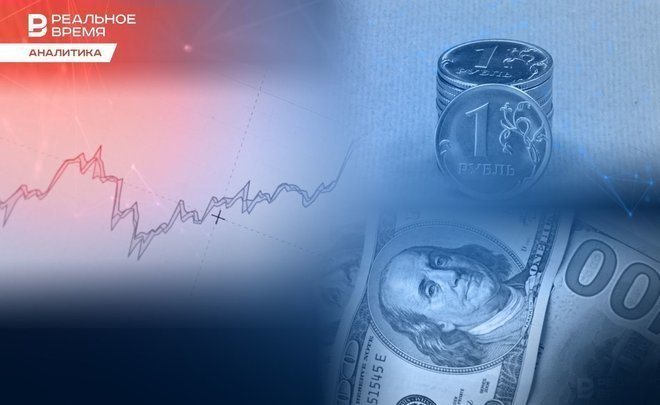Russian shares waiting for Central Bank’s signal: stock market to keep growing if Nabiullina lowers the rate

The Russian stock market that is isolated from the world has not yet taken any attempts of leaving a five-month long flat of 3.000-3.300 points at Moscow Exchange. The season of reports, dividends and new IPOs is ahead. The ruble supported by regulatory measures and high rates is looking strong at the beginning of the year. Moreover, authorities are discussing the possibility of extending mandatory repatriation of revenue in a foreign currency till the end of 2024, which will continue backing the Russian currency rate. Read about Moscow Exchange’s rate by the end of the year, what can become a market driver and who will pay the biggest dividends in a review of Realnoe Vremya’s analytic staff.
“We have a positive market outlook — we are expecting a stronger upward trend for the Moscow Exchange Index from the second half of the year amid a possible monetary U-turn of the Central Bank when there is a shift from the stock market and federal bonds into risky assets,” said stock market expert BCS World of Investments Mikhail Zeltser.
Shares of banks and IT companies can go ahead of the market, he forecasts. Steel makers are also among the favourites due to expected dividends — Severstal, MMK, NLMK (with around 25-30%) have the potential.”

Also, Finam estimates that Margnit (14.1%), Gazprom (13.9%), Bashneft (preferred shares) (13.3%), Transneft (preferred shares) (12.5%), Rosneft (12.4%), Sovkomflot (12.3%), Sberbank (preferred shares) (11.4%), Sberbank (common shares) (11.4%) and Fosagro (10.3%), noted head of the Stock Analysis Department at Finam Natalya Malykh.
It goes without saying that with the current rate of the Russian Central Bank, bank deposits are looking more profitable for short and mid-term investments, especially for a conservative investor.

The stock market can still be interesting even considering the current key rate, Golovinov believes. “However, one should be more careful when choosing some shares. When it becomes more certain that the Central Bank is ready to lower the rate, the stock market should go up. This is why now it is a good moment to make long-term investments in shares to receive dividends in the last six months,” the expert believes.
Chief analyst of Solid investment and finance company Dmitry Donetsky thinks that dividends of oil and gas companies, which, as a rule, are reinvested, will become growth drivers of the stock market.

“Now we have a closed market and limited investment instruments with high liquidity,” Zeltser reminds us. “A flow from conservative funds can simply push the market upward, moreover, seriously. And by early spring the Moscow Exchange Index can be above the wide flat of 3.300 points. At the same time, the factor of the strong ruble shouldn’t interfere in the growth process of shares.”
The Moscow Exchange Index can reach 4.000 points by the end of the year, experts forecasts.

Asset manager at Cresco Finance Stepan Sumin notes that a fall in the Central Bank’s key rate will anyway become the main market growth driver, which will immediately entail an outflow of money to the stock market.

4.000 points is a basic scenario till the end of 2024. “The main movement can begin in April-May before the dividend season as well as due to the start of the key rate’s fall,” forecasts Dmitry Donetsky.